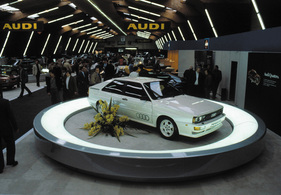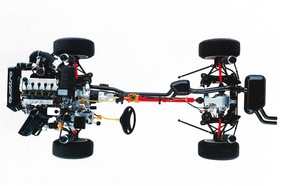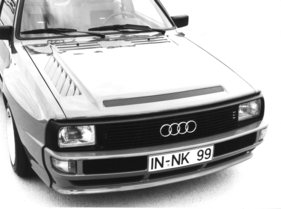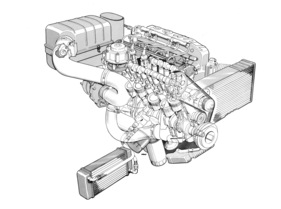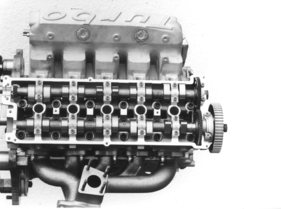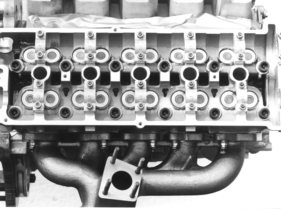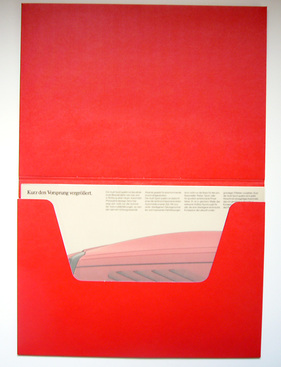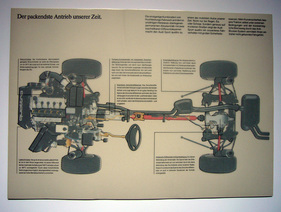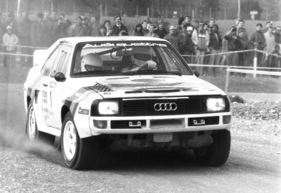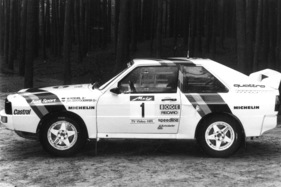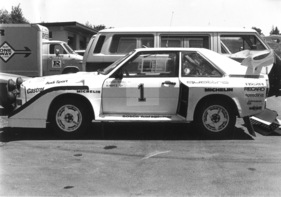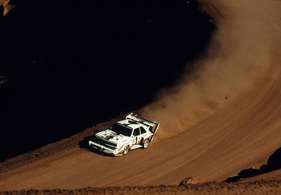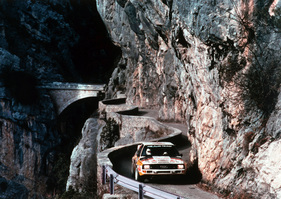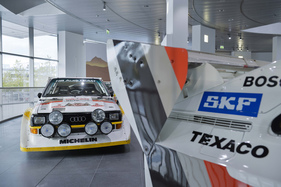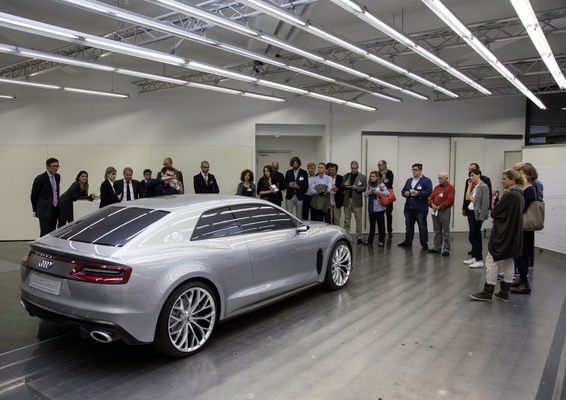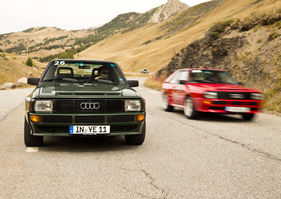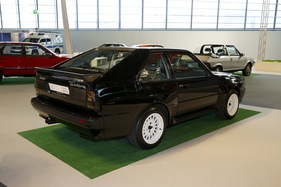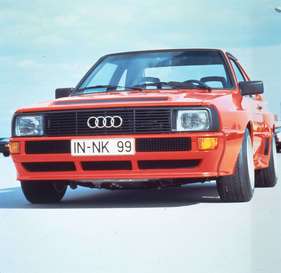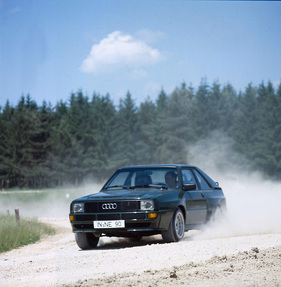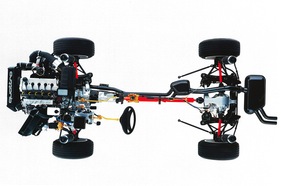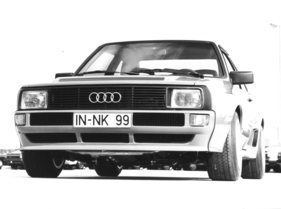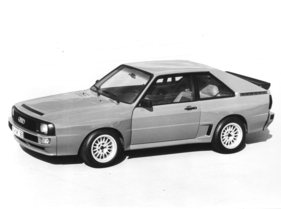In a nutshell - The Audi Sport quattro celebrates its 30th birthday
Summary
It was one of the flagships of the 1983 IAA, the Audi Sport quattro - twice as expensive as a Porsche 911 Turbo and intended as a basis for racing. The car offered more power, more torque with less weight and size. This report describes the history of the Audi Sport quattro, which is currently being celebrated with a special exhibition at the Audi Museum, and points out many little-known special features, supplemented with previously unpublished photographic material.
This article contains the following chapters
- Created as a homologation model
- No compromise instead of compromise
- No expense spared
- All options used to increase performance
- 800 and more hp possible
- Series proximity as a boomerang
- The Baur pre-series cars
- Interior with modern flair
- Manual work in body construction
- Quality requirements as in large-scale production
- Luxury accessories with complex retrofitting work
- Slow start to series production with subsequent problems
- Only four colors
- Significant to this day
- The Sport quattro celebrates its birthday in the museum
- Further information
Estimated reading time: 12min
Preview (beginning of the article)
It was quite wide, quite red and quite short. The Audi Sport quattro at the 1983 IAA, and it was a sensation. Also in terms of price. For DM 195,000, you could get two 911 Turbo from Porsche at the time. In one fell swoop, Audi had the most expensive and most powerful German car in its range that you could buy from a dealer. And the car offered more for less. More power, more valves, more torque. Less wheelbase, less displacement, less weight. And this is more or less the story of the Audi Sport quattro. What was announced in the press kit as the Audi "quattro sport" was transformed overnight at the IAA into the "Sport quattro". Journalists and visitors simply followed the lettering at the rear in the direction of the reader. Marketing offered no resistance and capitulated to common sense. But there was no question that the model, which was officially part of Audi's series production program, owed its raison d'être to just one, higher, sporting task: to serve as a homologation model for defending the idea of the quattro all-wheel drive concept in the newly created Group B in the World Rally Championship.
Continue reading this article for free?
Photos of this article








